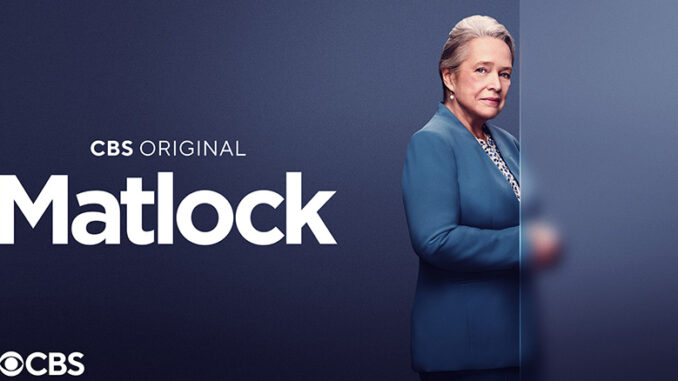
From Flames to Pills: Matlock’s Enduring Appeal and the Question of Victory (md07)
Matlock, the rumpled, folksy defense attorney with a penchant for hot dogs and a laser-sharp intellect, has long captivated audiences with his deceptively simple approach to justice. The “Part 2” format, often a staple of the series, allowed narratives to breathe and delve into more intricate layers of deception. While the md07 designation suggests a hypothetical episode, let’s imagine Matlock tackling a two-part case that runs the gamut from the visceral act of arson to the sterile, yet equally devastating, world of pharmaceutical scandal. Will Matty win? The answer, as always, lies not just in evidence, but in the enduring power of his unique brand of truth-seeking.
Our imagined scenario opens with a raging inferno consuming a local pharmaceutical research lab. Officially ruled an accident, whispers begin to circulate that it was deliberately set. The fire, it’s rumored, destroyed crucial data relating to a promising, yet potentially dangerous, new drug. The owner of the lab, a man with a sterling reputation in the community, hires Matlock. He claims innocence, attributing the fire to faulty wiring and denying any ulterior motives surrounding the drug’s development.
Matlock, however, isn’t easily swayed. He sees past the charred remains and the grieving face of his client. His investigation begins with the obvious: the alleged faulty wiring. He dispatches Tyler Hudson, his trusted investigator, to meticulously examine the fire scene. Tyler, with his signature blend of street smarts and unwavering loyalty, uncovers discrepancies. The fire, it seems, didn’t start where the electrical fault was reported. A faint odor of accelerant lingers in the air, leading Tyler to suspect foul play.
Simultaneously, Matlock immerses himself in the world of pharmaceutical research. He interviews scientists, pores over lab reports, and begins to unravel a complex web of ambition and ethical compromise. The drug in question, ostensibly designed to alleviate a debilitating disease, is showing alarming side effects in clinical trials. The initial data suggested promising results, but a subsequent analysis revealed a darker truth: potentially fatal cardiovascular complications.
As Matlock digs deeper, he uncovers a concerted effort to suppress this negative data. The owner of the lab, driven by the potential for immense profit and the pressure of investors, allegedly instructed his scientists to manipulate the findings, downplaying the risks and exaggerating the benefits. The arson, Matlock begins to suspect, wasn’t just about destroying evidence of the drug’s dangers; it was about silencing those who knew the truth.
The plot thickens with the introduction of a disgruntled former employee, fired for refusing to participate in the data manipulation. She becomes a key witness, providing Matlock with crucial evidence: deleted emails, altered spreadsheets, and whispered conversations that paint a damning picture of corporate greed and scientific malfeasance.
The trial unfolds in classic Matlock fashion. He masterfully presents the evidence, peeling back layers of lies and deceit with his seemingly unassuming questions. He exposes the owner’s motive, highlighting the immense financial stakes involved in the drug’s approval. He confronts the scientists who participated in the manipulation, forcing them to confront their own ethical compromises.
The prosecution argues that the fire was a desperate act to cover up the owner’s crimes. They paint him as a ruthless businessman willing to risk lives for profit. Matlock, however, doesn’t deny the fire. He acknowledges that the owner may have been involved in a cover-up, driven by fear and desperation. But his defense hinges on a different narrative: that the fire was actually set by a rival pharmaceutical company, eager to sabotage the competition and steal the promising drug formula.
In a climactic courtroom showdown, Matlock presents evidence that a competitor had been aggressively trying to acquire the rights to the drug. He introduces witnesses who testify to the competitor’s ruthless business practices and their willingness to engage in industrial espionage. He suggests that the rival company orchestrated the fire to eliminate the competition and acquire the valuable formula.
The jury deliberates, torn between the prosecution’s compelling narrative of corporate greed and Matlock’s alternative theory of industrial sabotage. The tension is palpable. Finally, the verdict is read: not guilty of arson. However, the owner is found guilty of data manipulation and obstruction of justice, charges that carry significant prison time and effectively destroy his reputation.
So, did Matty win? In a traditional sense, perhaps not. His client wasn’t completely exonerated. But Matlock’s victory lies in a different realm. He successfully challenged the narrative, exposed the truth about the dangerous drug, and brought justice to those who were wronged. He held those in power accountable, preventing them from profiting from the suffering of others.
The appeal of Matlock, as exemplified by this hypothetical two-part episode, lies in its exploration of complex moral dilemmas. It transcends the simple black and white of guilt and innocence, delving into the grey areas of ambition, fear, and the compromises we make in pursuit of success. The arson may have been the spark that ignited the case, but the pharmaceutical scandal revealed a deeper corruption that threatened the well-being of countless individuals. And ultimately, it was Matlock’s relentless pursuit of truth, his unwavering belief in justice, and his folksy charm that allowed him to expose the lies and secure a victory, not necessarily in a legal sense, but in the moral realm. The md07, therefore, becomes a testament to the enduring power of a good lawyer, a sharp mind, and a well-timed bite of a hot dog, to bring truth to light, one case at a time.
